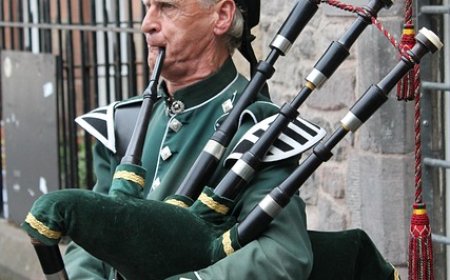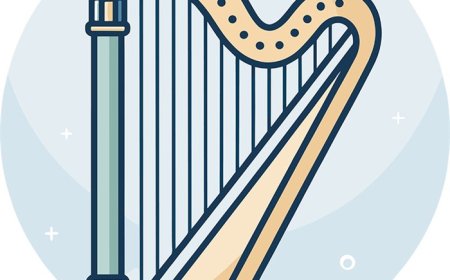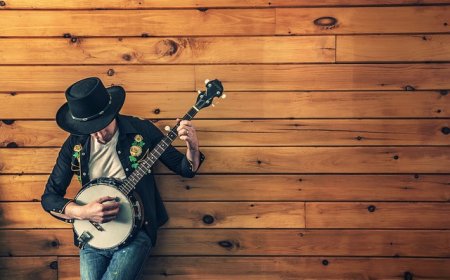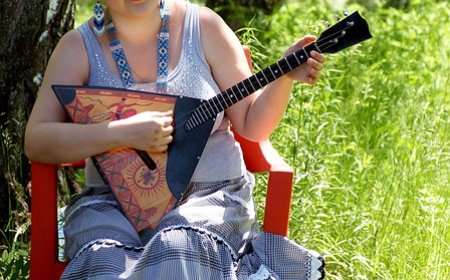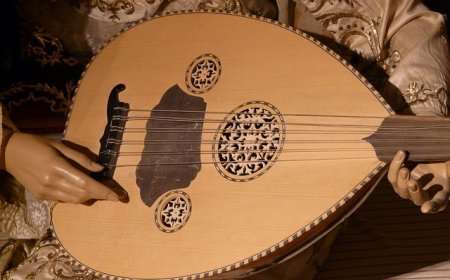Timbales Facts for Kids – Learn What Timbales Are and How They’re Played
Discover timbales facts for kids. Learn about these exciting percussion instruments, how they’re used in Latin music, and what makes their rhythm so unique.
🥁 All About the Timbales
🥇 Introduction
The timbales are a pair of shallow, metal drums played with sticks. Their sound is crisp, loud, and energetic—perfect for driving the rhythm in salsa, mambo, cha-cha-cha, and Latin jazz. Timbales are usually part of a larger setup with a cowbell and sometimes a woodblock, and the player is often the one who adds the flair and flash to a performance.
🎶 What Are Timbales?
Timbales are two metal drums mounted on a stand and played with drumsticks rather than the hands. They produce a sharp, cutting sound when hit on the head and a clanging metallic tone when struck on the rim or shell.
Each set of timbales includes:
- Two drums – One slightly larger than the other, tuned to different pitches
- Cowbell and/or woodblock – Played in between or during drum patterns
- Stand – Allows the drums to be played while standing
Timbales are essential to the rhythm section in Afro-Cuban and Latin dance music, providing fills, accents, and rhythmic patterns that keep people moving.
🧩 Parts of the Timbales
Each part of the timbales plays a role in its unique sound and style:
- Drum Shells – Usually made of metal (steel or brass), open at the bottom
- Drumheads – Thin plastic heads stretched tightly across the top
- Rims (Hoops) – The edges of the drum, often played for “rimshots”
- Tuning Lugs and Bolts – Used to tune the drumheads to different pitches
- Stand – Holds both drums in place, allowing the player to stand and perform
- Cowbell/Woodblock Mounts – Positioned between the drums for added sounds
The smaller drum is called the macho, and the larger one is called the hembra, just like in bongos.
⚙️ How Do the Timbales Work?
Timbales produce sound when struck with wooden sticks, either on the drumhead, rim, or metal shell. Each surface creates a different sound:
- Head hits – Produce a high-pitched, snappy tone
- Rimshots – Combine the head and rim for an accented crack
- Shell strikes (cáscara) – Played on the side during softer sections
- Cowbell hits – Add variety and drive during fast dance rhythms
Timbale players use quick hand movements and stick techniques to create complex rhythms like:
- Mambo bell patterns
- Cáscara grooves
- Fills and solos during breaks
The result is a lively and dynamic performance that can lead a band or electrify a crowd.
📜 History of the Timbales
Timbales were developed in Cuba during the early 1900s, originally used in Danzón music. They evolved from European-style timpani, but were modified to be smaller, louder, and easier to move.
As Cuban music styles changed—into mambo, cha-cha-cha, salsa, and Latin jazz—timbales became more central to the rhythm section. Famous players like Tito Puente helped introduce timbales to North American jazz and pop music in the mid-1900s.
Today, timbales are played worldwide in Latin bands, jazz groups, percussion ensembles, and even rock and pop concerts.
🥁 Famous Timbales Players
Here are some of the most celebrated timbaleros (timbales players) in music history:
- Tito Puente – “The King of Timbales,” a legend in Latin jazz and salsa
- Orestes Vilató – Master timbalero known for his work with Fania All-Stars
- Sheila E. – A groundbreaking female percussionist who played timbales in pop and funk
- Karl Perazzo – Longtime timbalero for Santana, mixing Latin, rock, and jazz styles
- Luisito Quintero – Known for lightning-fast rhythms and modern timbales performance
These musicians helped make timbales a centerpiece of Latin rhythm.
🎶 Learning to Play the Timbales
Timbales are a great instrument for percussion students who enjoy fast rhythms and stick work. They're perfect for learning coordination, tempo, and ensemble playing.
Beginners will learn:
- How to hold and control drumsticks
- Basic timbales techniques: head hits, rimshots, and shell patterns
- Rhythmic patterns like cáscara and mambo
- Playing with cowbell and block for added rhythm
- Performing fills and solos between melody phrases
Timbales are exciting to play and allow students to develop their own style and voice as percussionists.
😄 Fun Facts About the Timbales
- Timbales were originally called pailas, meaning “pans” in Spanish.
- Tito Puente made the timbales famous by soloing with sticks like a drum set.
- The cáscara rhythm is played by tapping the shell, not the head!
- Many timbaleros spin their sticks, toss them, or switch hands during performances.
- In Latin music, the timbales often lead the band into cues, breaks, and solos.
- Some timbale setups include two cowbells and a woodblock for more sounds.
👧 Kid-Friendly Summary
Timbales are two shiny metal drums you play with sticks. They make loud, snappy sounds and help keep the beat in salsa and other Latin music. You can hit the top, the rim, or even the side to make cool rhythms. Timbales are fun to play and great for dancing music!
📚 Vocabulary Words
Timbales – A pair of metal drums played with sticks, used in Latin music
Macho – The smaller timbale drum
Hembra – The larger timbale drum
Rimshot – A sharp hit combining the drumhead and rim
Cáscara – A rhythm pattern played on the shell of the drum
Cowbell – A metal bell played with a stick, often mounted on the timbales
Fills – Short drum phrases used to add excitement or signal changes
Timbalero – A person who plays timbales
❓ Interactive Quiz
1. What are timbales made of?
A. Wood
B. Metal
C. Plastic
D. Clay
2. How are timbales played?
A. With hands
B. With brushes
C. With sticks
D. With mallets
3. What’s the name of the rhythm played on the shell of the drum?
A. Slap
B. Cáscara
C. Tumbao
D. Samba
4. Which musician is called the “King of Timbales”?
A. Mongo Santamaría
B. Ray Barretto
C. Tito Puente
D. Giovanni Hidalgo
5. What extra instruments are often played with timbales?
A. Bongos
B. Guitar
C. Cowbell and woodblock
D. Violin


















































